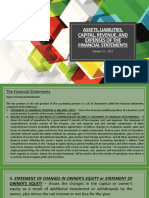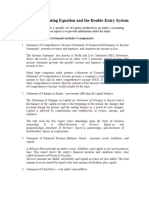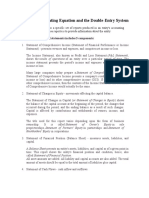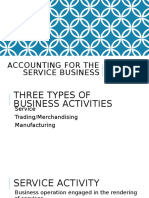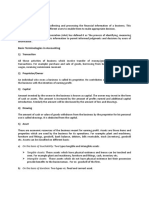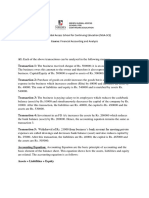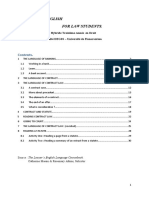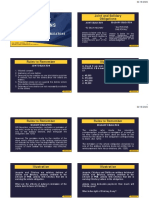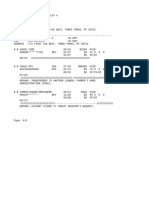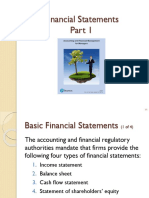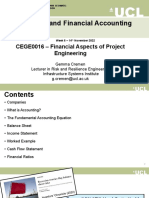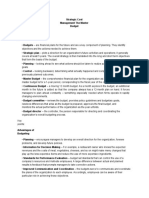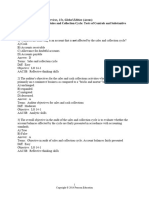0% found this document useful (0 votes)
23 views10 pagesINFOS 11 CHAPTER 3 Lesson Proper
This lesson covers the fundamentals of finance and accounting, emphasizing their interrelation in managing financial transactions and resources. It outlines key objectives such as defining accounting, explaining financial statements, and discussing the accounting equation. Additionally, it details the types of financial statements, their components, and the classification of assets, liabilities, and owner’s equity.
Uploaded by
coderrex11Copyright
© © All Rights Reserved
We take content rights seriously. If you suspect this is your content, claim it here.
Available Formats
Download as PDF, TXT or read online on Scribd
0% found this document useful (0 votes)
23 views10 pagesINFOS 11 CHAPTER 3 Lesson Proper
This lesson covers the fundamentals of finance and accounting, emphasizing their interrelation in managing financial transactions and resources. It outlines key objectives such as defining accounting, explaining financial statements, and discussing the accounting equation. Additionally, it details the types of financial statements, their components, and the classification of assets, liabilities, and owner’s equity.
Uploaded by
coderrex11Copyright
© © All Rights Reserved
We take content rights seriously. If you suspect this is your content, claim it here.
Available Formats
Download as PDF, TXT or read online on Scribd
/ 10





